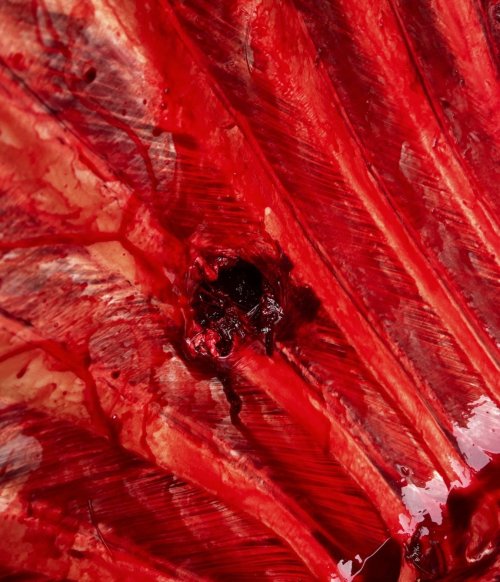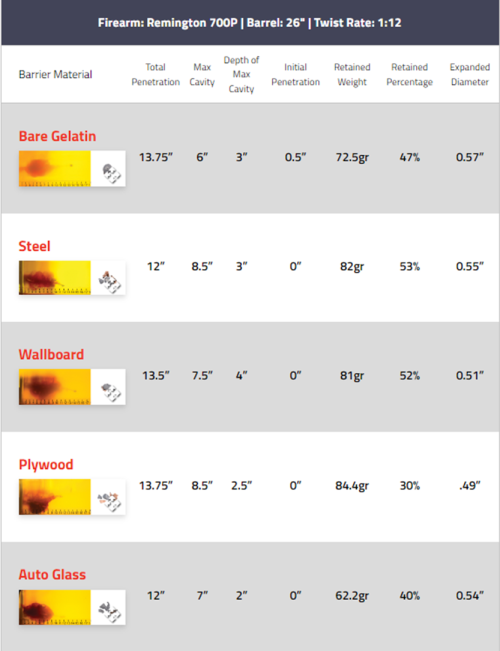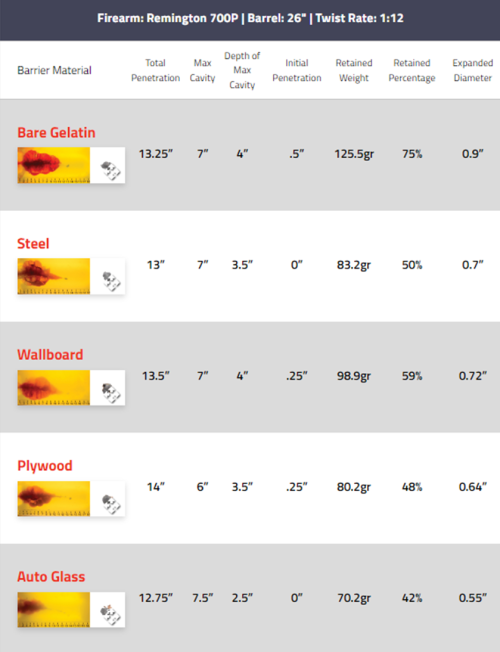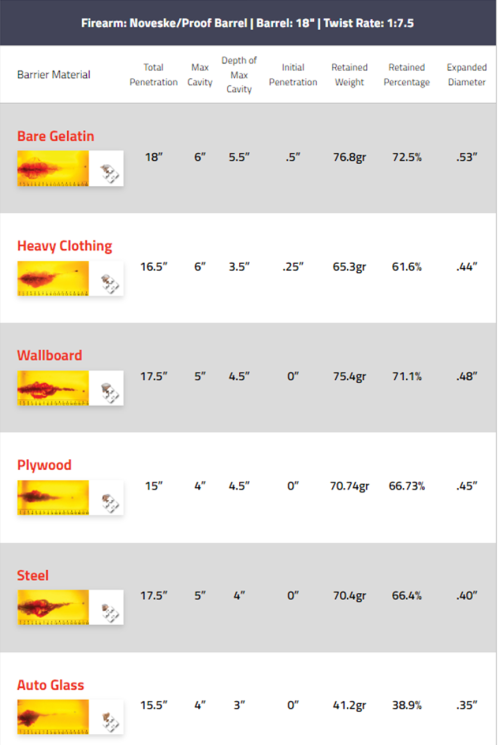Hmmmm...... mtmuley
Just pointing out, a 88 ELD and a 212 ELD have far more similar impact velocity ranges for ideal performance (I'm looking for 1800 fps minimum, would rather have 2000 fps), than they do energy ranges. Same as, if I was shooting .224 64 gr Hammer Hunters or .308 174 gr Hammer Hunters, I'm primarily going to focus on how fast they need to impact to open reliably. I'd probably not personally want to use them below an impact velocity of say 2200 fps, but they obviously have very different energy numbers at that velocity.
Right, because when people want to stop animals in their tracks trying to eat/kill them , elephants, bears, lions, Cape buffalo, they shoot very fast light bullets?
Impact velocity correlates to wound channels, impact energy, energy transfer, and the shock caused from it correlate to how the animal dies through that wound.
I’ve had plenty of less than desirable experiences with eldms at close range on elk. 180 Gr out of a 300 wm comes to mind.
If I had less than desirable experience with a 6 mm 108 at 2100 fps and around 1k ft lbs on an elk, I wouldn’t be looking for a different bullet , I would be looking at a different cartridge.
Sounds like your issue was at a high impact velocity, which can definitely happen with some bullets including ELD's.
Of the seven elk I've put bullets into with 6mm's, that's the only wound that gave me pause. I switched and used a 103 ELD-X on the next one, was far happier with this 1.5" hole and the related carnage.








